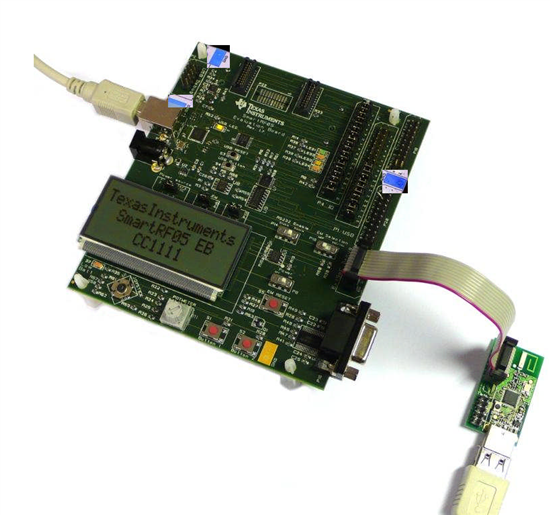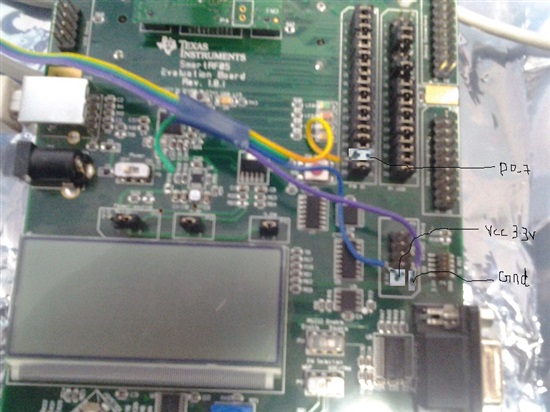Now i have familiar with Sensor Demo. If I want to use external Sensor with Gpio. I have gone through Some Doc. Steps For Reading External sensor.
1)Connect sensor output to any digital i/o pin( P0_0 - P0_7). I found that, P0_7 is connected to pin 17. But in Smart RF 05 EB, there is two pin 17. one is P10 IO and P1 USB. Which should i have to connect?
2)Configure that pin as input pin.
for example i am P0_7,
P0SEL = 0x00;
P0DIR = 0x00;
APCFG = 0x80;(In which file of z-stack this SFR defined ?????)
3)HalAdcSetReference( HAL_ADC_REF_125V );
where adc_value in uint16.
These 3 step is enough, or need some more steps?



